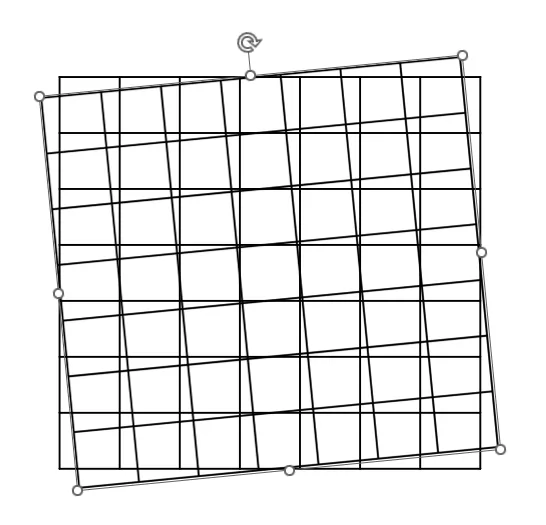Moiré
The moiré effect is a visual phenomenon that occurs when two similar patterns overlap, creating new, often unwanted patterns or distortions in images. It commonly appears in photography, video and 3D displays especially when capturing or showing fine details like fabrics or screens, leading to wavy or rippled distortions.
It is actually quite easy to demonstrate the moiré effect, we only need 2 simple grids:
there is nothing special about those grids, but if we place one on top of the other one and rotate that one slightly, just 6 degrees, counterclockwise. Look at the result below:

There is now a visible cross pattern in the middle. In photography or even video, you may have seen these strange things happening: someone is wearing a stripped shirt and after taking a picture or while recording, rippling, shifting patterns emerge where none existed before.
In autostereoscopic 3D displays, Moiré is always an unwanted artifact. These displays use fine optical barriers or lenticular lenses to direct light to each eye. Therefore, these structures always interact with the pixel grid beneath them. To avoid moiré, the dimensions and angle of the components of the optical stuck have to be carefullly chosen.
While moiré patterns are very easy to create, they're remarkably hard to predict accurately. This is because they are high-order interactions: both grids have their own repeating frequency, and when combined, they create interferences at a higher order. It's similar to what happens with sound waves: combining a few basic notes can lead to beautiful harmony or painful discord, depending on how they interact.